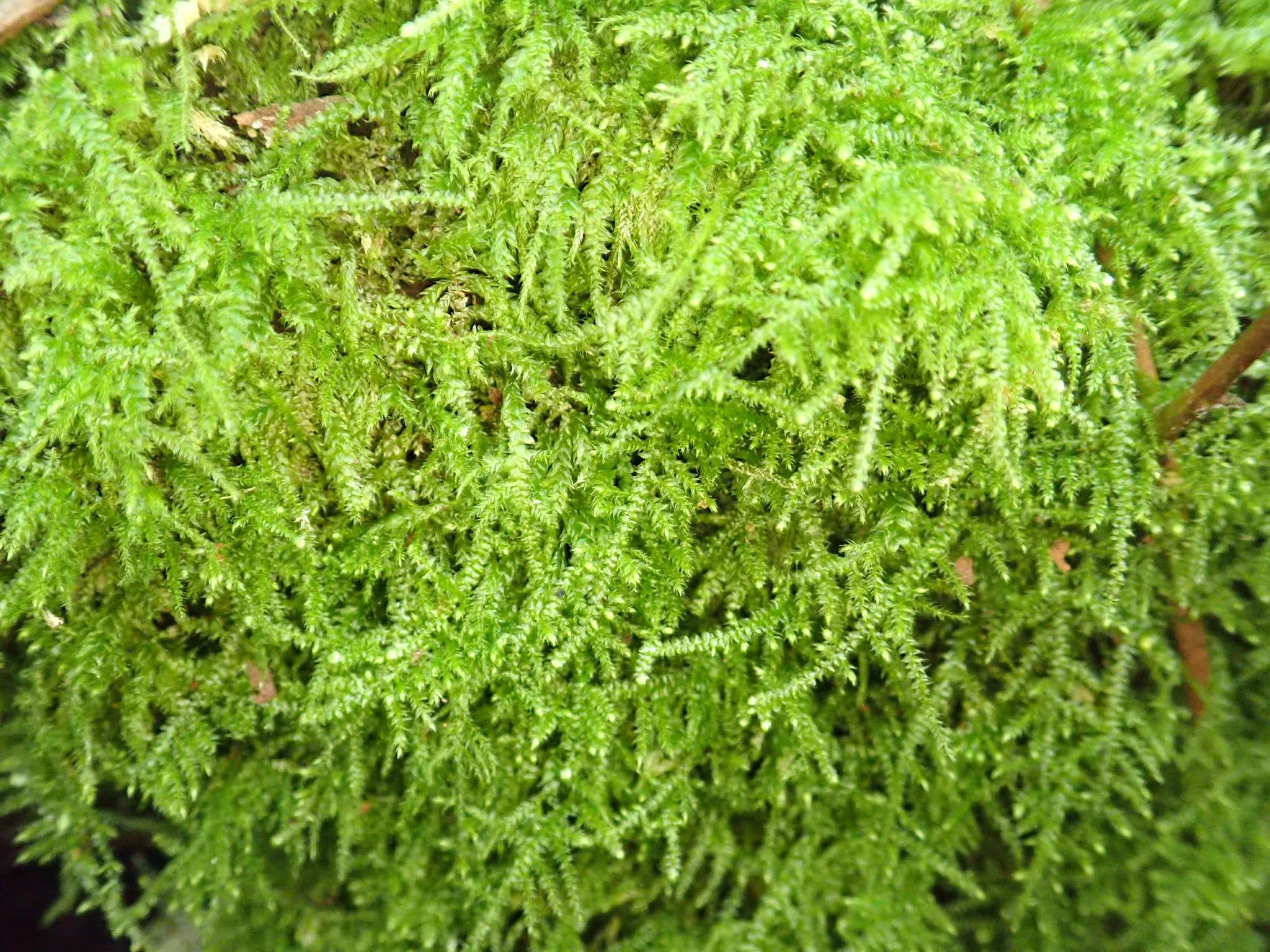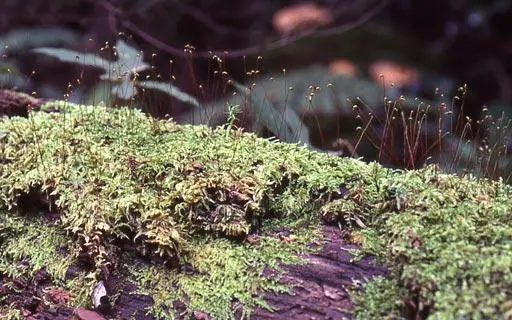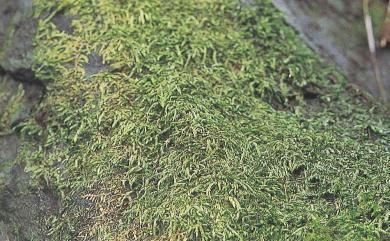
t01ecd79cb42c6bc98b.png from: https://baike.so.com/doc/4523943-4734004.html
Gollania Broth. Moss: A Fascinating Bryophyte of the Hypnaceae Family
Introduction
Gollania Broth. moss, also known simply as Gollania, is a captivating species of moss belonging to the Hypnaceae family. This tiny but mighty plant plays important ecological roles and exhibits unique adaptations. In this blog post, we’ll dive into the world of Gollania Broth. moss and explore its morphology, global distribution, habitat, and more.
Background
Gollania Broth. moss is classified under the division Bryophyta and the class Bryopsida. The Hypnaceae family, to which Gollania belongs, contains over 2,000 species worldwide. Mosses like Gollania lack true roots, stems, and leaves, instead having structures that serve similar functions.
Morphology and Identification
Gollania Broth. moss forms small, dense mats or cushions. Its leaves are ovate to lanceolate in shape, typically less than 2 mm long. The leaf margins are entire and the costa (midrib) is short and double. Gollania is autoicous, meaning both male and female reproductive structures are found on the same plant. The seta (stalk bearing the capsule) is smooth and the capsules are inclined to horizontal.

%25E3%2582%25B7%25E3%2583%25AF%25E3%2583%25A9%25E3%2583%2583%25E3%2582%25B3%25E3%2582%25B4%25E3%2582%25B1_%25E5%259B%259B%25E5%258D%2581%25E5%259B%259B%25E7%2594%25B0%25E3%2583%2580%25E3%2583%25A0_74_M201001142758%25E2%2598%2585.jpg from: https://ikimonoarekore.blogspot.com/2020/11/blog-post_77.html

Gollania-ruginosa01L.jpg from: https://digital-museum.hiroshima-u.ac.jp/~museum/habit/moss_habit/Gollania ruginosa/Gollania_ruginosa.html
Global Distribution and Habitat
Gollania Broth. moss has a wide global distribution, found on multiple continents including North America, Europe, and Asia. It grows in a variety of habitats including on soil, rocks, tree trunks and logs in forests. Gollania tends to prefer shaded, moist environments.
Ecological Roles and Adaptations
Like other mosses, Gollania plays important roles in its ecosystems:
Moisture retention: Gollania’s dense growth helps retain moisture in the soil and provides humidity for itself and other organisms.
d35b1b807187da97958d2d008a037da8.jpg from: https://taieol.tw/pages/8731
Erosion control: By carpeting the ground, Gollania helps stabilize soil and prevent erosion.
Carbon cycling: As a photosynthetic organism, Gollania takes in CO2 and releases oxygen. When it decomposes, the carbon is returned to the soil.
Habitat for micro-organisms: The nooks and crannies in Gollania mats provide shelter for various tiny organisms.
Gollania exhibits adaptations to thrive in its shaded, moist habitats:

49d7ca4dfcc933bc051454b55dcadd6a.jpg from: https://taieol.tw/pages/8739
Poikilohydry: Gollania can survive desiccation by entering a dormant state until moisture returns.
69f96bc402164b7545dffa5764601d9e.jpg from: https://taieol.tw/pages/34458
Shade tolerance: With a variety of pigments including chlorophyll a and b, Gollania can photosynthesize in low light conditions.
Conclusion
Gollania Broth. moss may be small, but it is a fascinating and ecologically important plant. From erosion control to carbon cycling, this mighty moss plays many roles. Next time you’re in the woods, take a closer look – you may just spot a patch of Gollania! What other tiny but mighty organisms can you think of?